Home>Interior Design>Colors You Should Never Paint A Pantry – Designers Share The Shades They Swerve
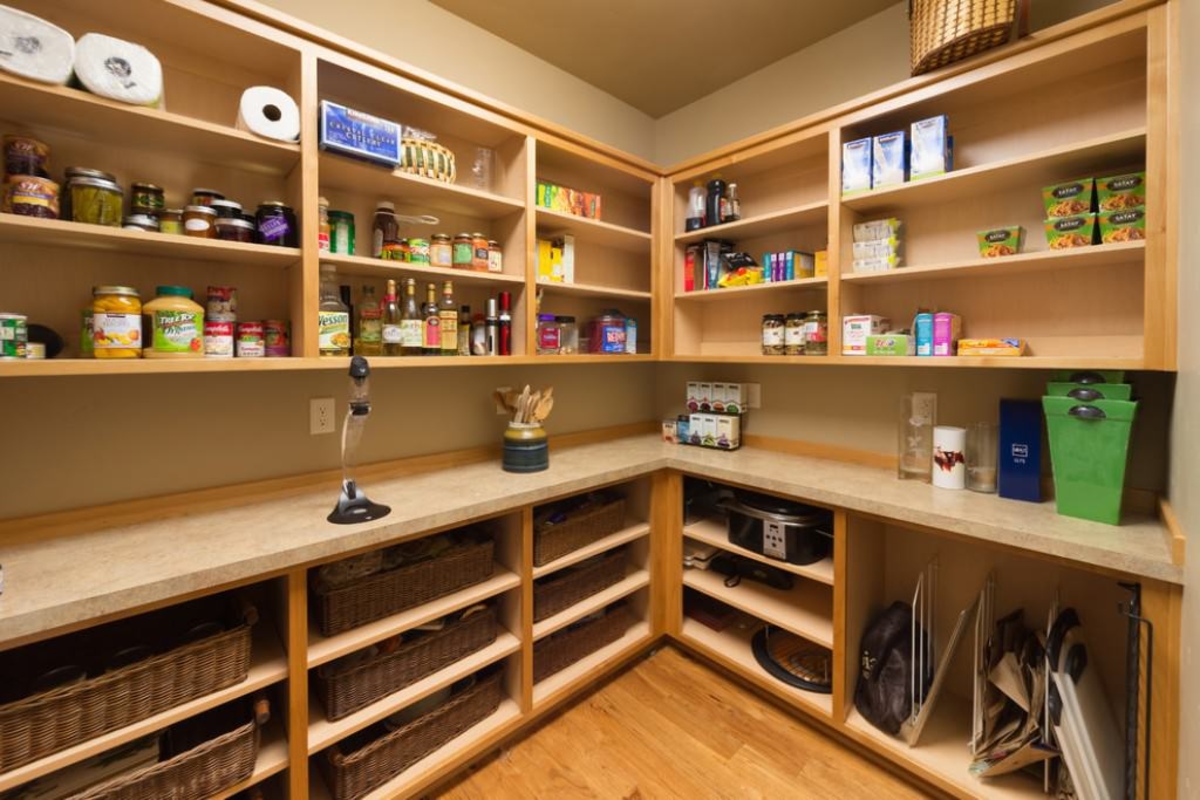

Interior Design
Colors You Should Never Paint A Pantry – Designers Share The Shades They Swerve
Modified: September 2, 2024
Discover the interior design secrets to avoid when painting your pantry! Designers reveal the colors they steer clear of, ensuring a stylish and functional space.
(Many of the links in this article redirect to a specific reviewed product. Your purchase of these products through affiliate links helps to generate commission for Storables.com, at no extra cost. Learn more)
Introduction
Welcome to the world of interior design, where colors have the power to transform a space and evoke specific emotions. When it comes to designing your pantry, color plays a crucial role in creating a functional and aesthetically pleasing environment. Designers understand the impact of color and the psychological effects it can have on our mood and behavior. While there are endless possibilities and combinations to choose from, there are certain colors that designers recommend avoiding when painting your pantry.
Choosing the right color for your pantry goes beyond personal preference; it is about creating a space that is visually appealing and functional. The colors you choose can influence the atmosphere and functionality of the pantry. So, if you are contemplating a pantry makeover, it’s essential to consider the advice of interior design experts and steer clear of colors that may not be suitable for this particular space.
In this article, we will explore the colors that designers often advise against using in your pantry. From vibrant and bold shades to dark and moody colors, we will point out the pitfalls of these choices. We will also discuss why white or light colors and glossy or shiny finishes may not be the best options for your pantry. By understanding the impact of these colors, you can make an informed decision when it comes to selecting a color scheme for your pantry.
But don’t worry, we won’t leave you in the dark! Our experts will provide you with tips and recommendations to help you select the perfect color for your pantry. With their guidance, you will be able to create a pantry that not only looks great but also enhances your overall cooking and dining experience.
So, let’s dive in and discover the colors you should avoid when painting your pantry, and gain insight into expert tips to help you make the best color choice for this important space!
Key Takeaways:
- Avoid vibrant and bold colors like red and electric blue in your pantry to maintain a calm and organized atmosphere. Opt for muted shades to enhance tranquility and functionality.
- Dark and moody colors, pure white, and glossy finishes are not ideal for pantries. Choose colors that promote spaciousness, cleanliness, and practicality. Remember to balance neutrals with accents for a visually appealing space.
The Importance of Choosing the Right Color for Your Pantry
The pantry is not only a practical storage space for your food and cooking essentials—it is also an integral part of your kitchen. Choosing the right color for your pantry can significantly impact the overall look and feel of your kitchen space. It can enhance the visual appeal, create a harmonious atmosphere, and make your pantry a delightful place to work in.
One of the key aspects of color psychology is the ability of colors to affect our mood and emotions. When it comes to your pantry, you want to create a space that promotes a sense of calmness, organization, and cleanliness. The right color can help achieve this and make your pantry a place where you feel inspired to cook and create delicious meals.
Additionally, the color of your pantry plays a vital role in the functionality of the space. Different colors have different effects on perception. For example, light colors can make a space appear larger and more open, which can be beneficial if you have a small pantry. On the other hand, dark colors can create a cozy and intimate atmosphere, perfect for a larger pantry where you want to create a sense of warmth and comfort.
Another important aspect to consider is the coordination with the rest of your kitchen. Your pantry should seamlessly blend with the overall color scheme and design of your kitchen. A well-coordinated color palette can create a cohesive and visually appealing look, elevating the style of your entire kitchen space.
Moreover, the right color choice for your pantry can also contribute to its practicality. For example, incorporating light and neutral colors can make it easier to spot items in your pantry, ensuring that nothing gets lost in the depths of the shelves. On the other hand, using bold and vibrant colors may draw attention to specific areas or shelves, making organizing and finding items more efficient.
In summary, choosing the right color for your pantry is important for several reasons. It can influence the overall mood and atmosphere of the space, enhance the functionality and practicality, and coordinate with the rest of your kitchen. By giving careful consideration to the color choice, you can create a pantry that is both visually appealing and functional, making your kitchen a truly enjoyable place to be.
Colors to Avoid in Your Pantry
While there is a wide range of colors to choose from when it comes to painting your pantry, there are certain colors that interior design experts advise avoiding. These colors might not be the most suitable for a pantry and can have a negative impact on the overall look and functionality of the space. Let’s explore these colors and understand why they may not be the best options for your pantry.
1. Vibrant and Bold Colors
Colors such as bright red, electric blue, or vibrant orange may be eye-catching, but they can be overwhelming in a pantry. These bold colors can create a sense of chaos and distraction rather than the calm and organized environment that is desired in a pantry. When choosing colors, it’s recommended to opt for more muted and subdued shades that promote a sense of tranquility.
2. Dark and Moody Colors
While dark colors can create a cozy and intimate atmosphere in other areas of the home, they are generally not ideal for a pantry. Dark colors tend to make spaces feel smaller and can make it more challenging to locate items within the pantry. Additionally, dark colors can create a sense of heaviness and gloominess, which is not conducive to an inviting and organized pantry space.
3. White or Light Colors
Contrary to what you might expect, pure white or light colors may not be the best choice for your pantry. While they can create a clean and airy atmosphere, they can also show dirt and stains more easily. The pantry is a space that is prone to spills and splatters, and constantly trying to keep light colored walls clean can become a tedious task. It’s advisable to opt for slightly off-white or neutral tones that are less susceptible to visible stains.
4. Glossy or Shiny Finishes
Glossy or shiny finishes may seem appealing due to their modern and sleek look. However, they are not recommended for pantry walls. Glossy finishes can reflect light and create glare, which can be distracting and make it challenging to locate items on the shelves. Additionally, glossy finishes tend to show fingerprints and smudges more easily, requiring more frequent cleaning.
By avoiding vibrant and bold colors, dark and moody colors, pure white or light colors, and glossy or shiny finishes, you can create a more harmonious and desirable pantry space. The goal is to strike a balance between functionality, visual appeal, and ease of maintenance when choosing the color scheme for your pantry.
Vibrant and Bold Colors
Vibrant and bold colors can add a punch of energy and excitement to any space. However, when it comes to your pantry, it’s best to steer clear of these intense hues. Vibrant and bold colors such as bright red, electric blue, or vibrant orange can create a chaotic and overwhelming atmosphere in your pantry. Instead of promoting a sense of calmness and organization, these colors can make the space feel busy and cluttered.
One of the main reasons to avoid vibrant and bold colors in your pantry is their potential to affect your emotions and appetite. These intense colors can stimulate hunger and make you feel more inclined to eat, which may not be ideal if you are trying to maintain a healthy eating routine. Additionally, the goal of a pantry is to facilitate efficient meal preparation and organization, and vibrant colors can be distracting and make it harder to focus on the task at hand.
Another consideration is the impact of these colors on the perception of space. Vibrant and bold colors tend to visually advance, making the pantry appear smaller than it actually is. In a small pantry, this can make the space feel cramped and claustrophobic. On the other hand, if you have a larger pantry, using these colors can make it feel overwhelming and crowded.
If you still want to incorporate some pops of color in your pantry, it is best to do so in a more restrained and subtle manner. Consider using vibrant colors as accents through accessories, such as colorful storage containers, decorative bowls, or artwork. This way, you can inject a touch of personality and vibrancy without overpowering the entire space.
When it comes to choosing colors for your pantry, it is crucial to strike a balance between functionality and aesthetics. Opting for more muted and subdued shades, such as soft pastels or earthy tones, can create a sense of tranquility and enhance the overall organization and functionality of your pantry. These colors provide a soothing backdrop that allows you to focus on finding ingredients and cooking with ease.
By avoiding vibrant and bold colors in your pantry, you can create a space that promotes a peaceful and organized environment. Remember, the goal is to make your pantry a functional and visually appealing area where you can enjoy preparing meals and finding your ingredients effortlessly.
Dark and Moody Colors
While dark and moody colors can create a cozy and intimate atmosphere in certain areas of your home, they are generally not the best choice for a pantry. Dark colors such as deep blues, rich browns, and charcoal grays can make your pantry feel smaller and more confined than it actually is.
The purpose of a pantry is to provide a functional storage space for your food and cooking essentials. Dark colors can visually shrink the space, making it feel cramped and claustrophobic. This can be particularly problematic if you have a small pantry, as it can make it even more challenging to navigate and find the items you need.
In addition to the potential space constraints, dark colors can also create a gloomy and somber atmosphere in the pantry. While this might work well in other areas of the home, such as a cozy reading nook or a moody bedroom, it is not ideal for a space where you want to promote organization and efficiency.
Another consideration when it comes to dark colors is their impact on lighting. Dark walls can absorb light rather than reflect it, resulting in a dimmer and less bright space. Proper lighting is essential in a pantry, as it makes it easier to locate items on shelves and ensures that you can see expiration dates and labels clearly. Dark colors can make it harder to achieve adequate lighting in the pantry, which can hinder functionality.
If you are still drawn to the allure of dark colors, there are ways to incorporate them in a smart and balanced manner. Consider using dark colors as accents or focal points within your pantry. For example, you can have a dark-colored feature wall or use dark cabinets or shelves to create contrast against lighter surrounding walls. This way, you can incorporate the drama and elegance of dark colors without overwhelming the entire space.
When it comes to choosing the color scheme for your pantry, it’s essential to prioritize functionality and practicality. Opting for lighter and neutral tones, such as soft grays, creamy whites, or warm beiges, can create a more open and inviting atmosphere. These colors also make it easier to spot items on the shelves, ensuring that you can find what you need quickly and efficiently.
By avoiding dark and moody colors in your pantry, you can create a space that feels more spacious, organized, and inviting. Remember, the goal is to make your pantry a functional and visually appealing area that enhances your cooking and meal preparation experience.
Read more: How To Fix E2 Error In A Washing Machine
White or Light Colors
While white and light colors may seem like a safe and popular choice for many spaces, they may not be the best option for your pantry. While these colors can create a clean and airy atmosphere, there are several factors to consider before opting for pure white or light colors for your pantry walls.
One of the main concerns with using white or light colors in your pantry is their susceptibility to visible stains and dirt. Pantries are often high-traffic areas where spills and splatters can occur. Constantly trying to keep light colored walls clean can become a tedious and time-consuming task. Even minor stains or marks can be more noticeable on light surfaces, detracting from the overall cleanliness and appearance of the pantry.
Another consideration when it comes to light colors is their potential to create a clinical and sterile feel. Pantries are more than just storage spaces; they are areas where you store and prepare food. You want your pantry to feel inviting and warm, rather than cold and stark. Opting for slightly off-white or neutral tones can help create a more welcoming environment, striking a balance between cleanliness and warmth.
Moreover, pure white or light colors can lack depth and dimension, resulting in a visually flat and uninspiring space. Adding some contrast and depth to your pantry can make it more visually appealing. Consider incorporating different shades and textures through accessories or utilizing a feature wall with a slightly darker or contrasting color.
When choosing colors for your pantry, it’s essential to consider the coordination with the rest of your kitchen. Your pantry should blend seamlessly with the overall color scheme and design of your kitchen. If your kitchen features darker or bolder colors, opting for pure white or light colors in the pantry can create a stark contrast that doesn’t flow harmoniously. Instead, choose colors that complement the existing palette and create a cohesive look throughout the space.
Ultimately, the goal of your pantry is to create a functional and visually pleasing space. While white and light colors can offer a sense of cleanliness and openness, it’s important to weigh the potential downsides, such as visible stains and lack of depth. Consider opting for slightly off-white or neutral tones that strike a balance between cleanliness, warmth, and coordination with the overall design of your kitchen.
By carefully selecting the color scheme, you can create a pantry that is not only visually appealing but also practical and inviting, making your cooking and meal preparation experience even more enjoyable.
Glossy or Shiny Finishes
Glossy or shiny finishes may have their place in certain areas of the home, but when it comes to your pantry, it’s advisable to steer clear of these types of finishes. While they can provide a sleek and modern look, they may not be the best choice for the walls or surfaces in your pantry.
One of the main concerns with glossy finishes in the pantry is their tendency to reflect light. This can create glare and make it difficult to see and locate items on the shelves. Proper lighting is crucial in a pantry to ensure efficient organization and easy access to ingredients. Glossy surfaces can interfere with the lighting conditions, potentially making it challenging to navigate the space.
Additionally, glossy finishes are prone to show fingerprints, smudges, and other marks more easily compared to matte or satin finishes. In a pantry where you are constantly reaching for items and touching surfaces, this can result in a constant need for cleaning and maintenance to keep the glossy surfaces looking pristine. This can be time-consuming and may take away from the overall functionality of the space.
Another consideration is the potential for scratches or damage to glossy surfaces. Pantries often involve moving objects and containers in and out, which can unintentionally lead to scratches or marks on the glossy finishes. These imperfections can be more visible and can detract from the overall appearance of the pantry.
Instead of glossy finishes, opt for more matte or satin finishes for the walls and surfaces in your pantry. These finishes provide a more subtle sheen that is less prone to glare and shows fewer fingerprints and smudges. They also tend to be more forgiving when it comes to scratches or minor imperfections.
It’s worth noting that if you do prefer a glossy look in your pantry, you can consider incorporating it in other elements such as cabinetry or countertops. This way, you can still achieve the desired sleekness without compromising the practicality of the pantry walls and surfaces.
When it comes to choosing finishes for your pantry, prioritize functionality and ease of maintenance. Opting for matte or satin finishes not only provides a more practical solution but also gives the pantry a sophisticated and elegant look. Combined with the right color scheme, these finishes can contribute to creating a visually appealing and efficient space.
By avoiding glossy or shiny finishes in your pantry, you can ensure better visibility, minimize the need for constant cleaning, and maintain a well-maintained appearance in the long run. Remember, the focus of your pantry should be on practicality and functionality, while still achieving a visually appealing and organized space.
Expert Tips for Choosing the Perfect Color for Your Pantry
Now that we have explored the colors to avoid in your pantry, let’s dive into some expert tips for choosing the perfect color scheme:
1. Consider the Size of Your Pantry
Take into account the size of your pantry when selecting colors. For smaller pantries, lighter shades can help create the illusion of a larger space. On the other hand, larger pantries can handle darker colors that create a cozy and intimate atmosphere.
2. Take Inspiration from Your Kitchen
Consider the overall color scheme and design of your kitchen when choosing the color for your pantry. You want the pantry to seamlessly blend with the rest of the kitchen and create a cohesive look. Look for complementary colors or shades that are in the same color family.
3. Balance Neutrals and Accents
Create a balance between neutrals and accent colors in your pantry. Neutrals provide a calming base, while accents can add personality and visual interest. Choose accent colors that complement your personal style and the overall atmosphere you want to create in your pantry.
4. Think about Lighting
Consider the lighting in your pantry when selecting colors. If your pantry has plenty of natural light, you have more flexibility with darker colors. However, if your pantry relies heavily on artificial lighting, lighter colors can brighten up the space and make it feel more open and inviting.
5. Test Samples
Before committing to a color, it’s always a good idea to test samples on your pantry walls. Natural lighting and surrounding elements can affect how a color appears in your specific space. Test different colors to see how they look in different lighting conditions and make your decision based on what works best for your pantry.
6. Consider the Functionality
Remember that functionality should always be a priority in your pantry. Choose colors that enhance organization and visibility. Muted shades, such as soft grays or earthy tones, can create a serene environment and make it easier to find and access ingredients and items in your pantry.
7. Personalize with Accessories
While the color of your pantry walls sets the tone, don’t hesitate to inject personality with accessories. Use colorful containers, labels, and artwork to add pops of color and personal style. This way, you can still have a visually appealing and vibrant space without compromising the functionality of the pantry.
Ultimately, the perfect color for your pantry should be a reflection of your personal style, complement your kitchen’s design, and enhance functionality. By following these expert tips, you can create a pantry that is both visually appealing and practical, making it a joy to use every day.
Conclusion
Choosing the right color for your pantry is a critical aspect of creating a functional and visually appealing space. While there are numerous colors to choose from, it’s important to consider the advice of interior design experts and avoid certain colors that may not be suitable for your pantry.
Colors to avoid in your pantry include vibrant and bold shades that can create a sense of chaos, dark and moody colors that can make the space feel cramped and gloomy, pure white or light colors that are prone to visible stains and lack depth, and glossy or shiny finishes that can cause glare and require frequent cleaning.
Instead, opt for more muted and subdued colors that promote a sense of tranquility and organization in your pantry. Consider the size of your pantry, coordinate with the rest of your kitchen, and balance neutrals with accent colors. Take into account the lighting and functionality of the space when selecting colors, and don’t be afraid to personalize with accessories.
By following these expert tips, you can create a pantry that reflects your personal style, enhances organization, and makes cooking and meal preparation a joy. Remember, the right color choice can transform your pantry from a mere storage space to a visually appealing and functional part of your kitchen.
So, unleash your creativity, consider the advice of interior design experts, and choose the perfect color scheme for your pantry today!
Frequently Asked Questions about Colors You Should Never Paint A Pantry – Designers Share The Shades They Swerve
Was this page helpful?
At Storables.com, we guarantee accurate and reliable information. Our content, validated by Expert Board Contributors, is crafted following stringent Editorial Policies. We're committed to providing you with well-researched, expert-backed insights for all your informational needs.
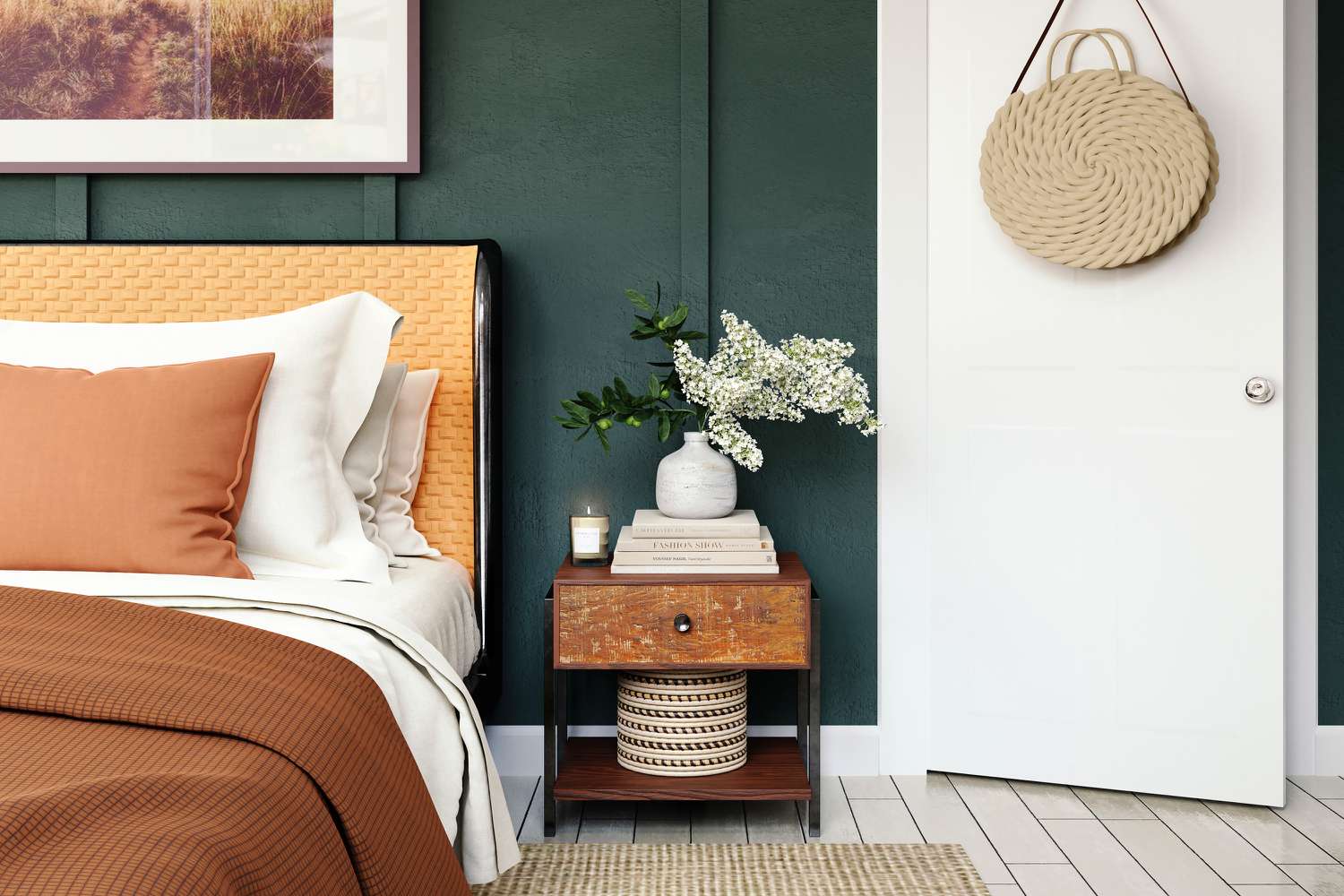
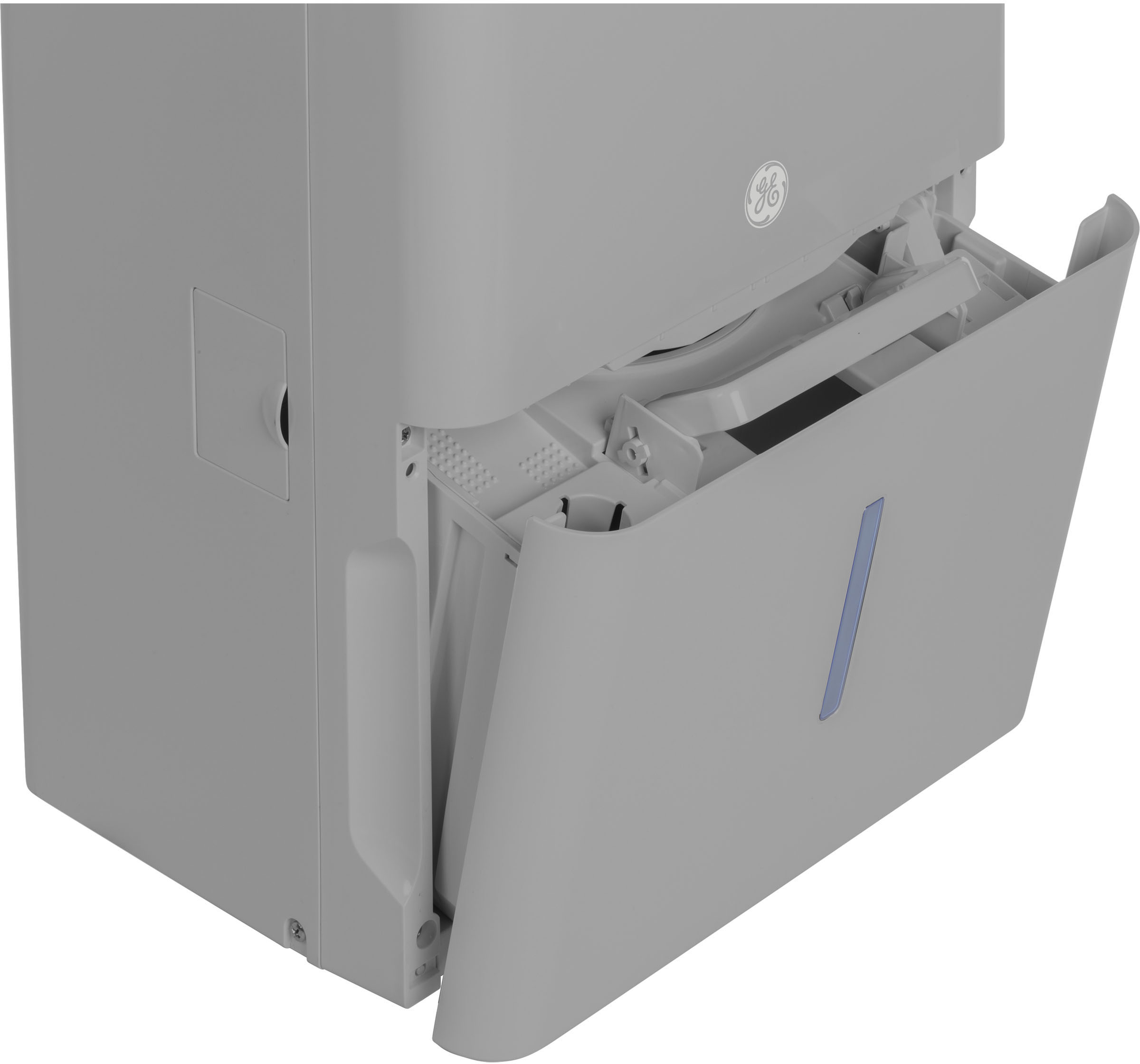




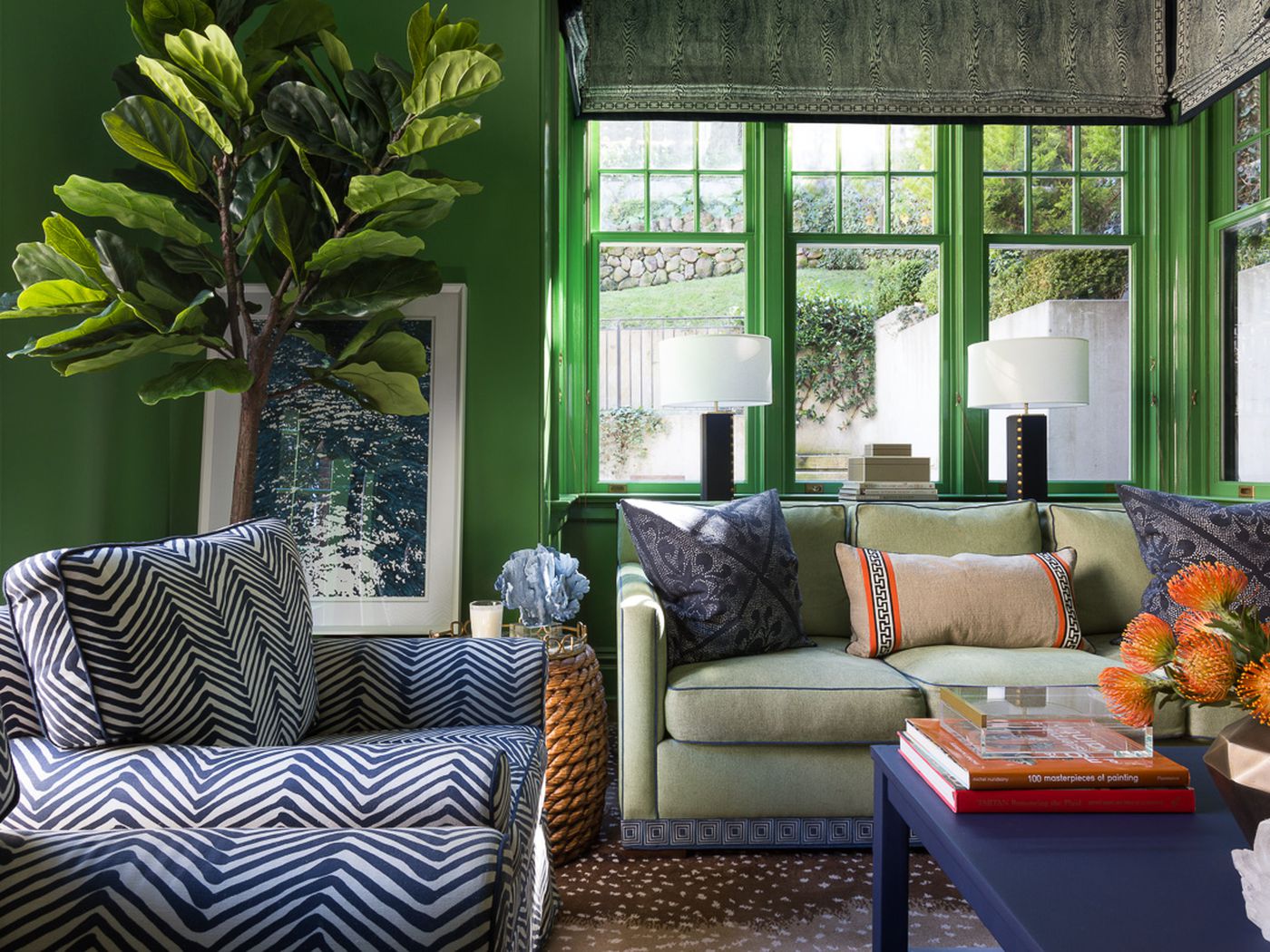


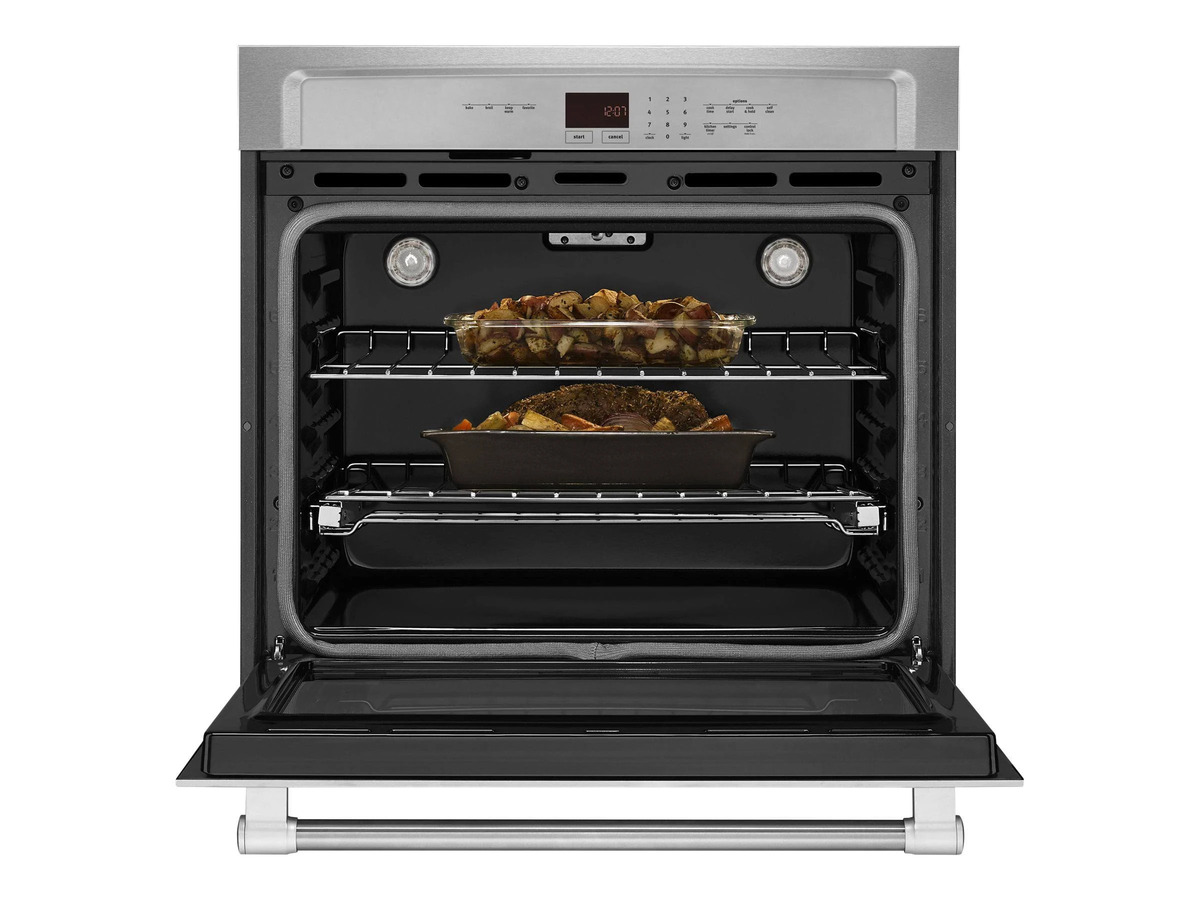


0 thoughts on “Colors You Should Never Paint A Pantry – Designers Share The Shades They Swerve”